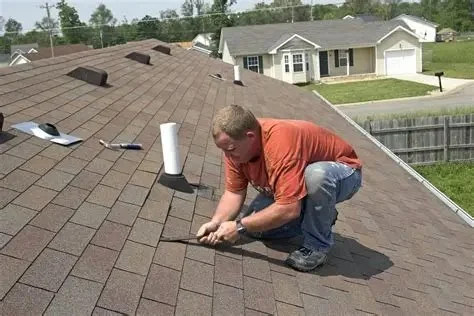
How to Repair a Roof Leak in a Mobile Home or Manufactured Home
- 1. Understanding Roof Leaks in Mobile Homes
- 2. Common Causes of Roof Leaks in Mobile Homes
- 3. Step-by-Step Guide to Repairing a Roof Leak
- 4. Tools and Materials You’ll Need for the Job
- 5. Real-Life Case Study: Successful Roof Leak Repair
- 6. How BeachCo Roofing Hub Can Help
Roof leaks are a common issue in mobile and manufactured homes. Due to the materials and construction methods used in these homes, roofs are often more vulnerable to leaks caused by weather conditions, poor maintenance, or aging materials. Whether it’s a small drip or a large water stain, it’s important to address roof leaks quickly to prevent further damage. Understanding the common causes and repair techniques can help you fix a leak efficiently and save on costly repairs.
Roof leaks in mobile homes can occur for several reasons. Identifying the root cause is crucial in determining the best way to repair the leak. Some of the most common causes include:
- Worn-out roofing material: Over time, the roofing material can deteriorate, especially if exposed to extreme weather. This leads to cracks, holes, or gaps where water can seep through.
- Punctures from debris: Falling debris, like branches or hail, can puncture the roof of a mobile home, creating a direct path for water to enter.
- Improper installation: Poor installation of roofing materials can result in leaks. For example, poorly sealed seams or flashing can allow water to penetrate the roof.
- Clogged gutters: If gutters are clogged, water may pool on the roof, increasing the likelihood of leaks around the edges.
- Age of the roof: As mobile home roofs age, they can become brittle or cracked, leading to leaks, especially around seams or vents.
Repairing a roof leak in a mobile home may seem daunting, but with the right approach, it’s a manageable task. Follow these steps to repair the leak yourself:
- Step 1: Locate the Leak
Begin by inspecting the interior of the home for any visible signs of water damage, such as water stains or dripping. Once you locate the leak, trace it back to the source on the roof. It may be easier to identify leaks after a heavy rainstorm when the water is actively entering. - Step 2: Clean the Area
Before making any repairs, clean the affected area of the roof. Remove debris, dirt, and old roofing material to ensure that your new sealant or patch adheres properly. - Step 3: Apply Roofing Sealant
For small cracks or holes, use a high-quality roofing sealant designed for mobile homes. Apply it generously over the affected area, making sure to cover the edges and seams where water may be entering. - Step 4: Patch Larger Holes
For larger holes or punctures, you may need to apply a roofing patch. Use a patch that matches the material of the roof (e.g., rubber, aluminum, or metal) and secure it with roofing adhesive. Ensure that the edges are well-sealed to prevent future leaks. - Step 5: Inspect and Test the Repair
Once the sealant has dried, inspect the repair and test it by spraying water over the roof to check for any further leaks. If you notice any signs of water penetration, reapply the sealant or patch the area more thoroughly.
Before you begin the repair, make sure you have the right tools and materials. Some of the essentials include:
- Roofing sealant: A high-quality sealant is essential for filling small cracks and seams.
- Roofing patch: Use a patch made of the same material as the roof for larger holes or punctures.
- Ladder: A sturdy ladder is necessary for accessing the roof safely.
- Scraper: To remove old materials and debris from the affected area.
- Measuring tape: For measuring the size of the leak and the patch needed.
- Protective gear: Wear gloves, goggles, and non-slip shoes to ensure safety while working on the roof.
Consider the case of a family living in a manufactured home with a leaky roof due to a tree branch puncturing the surface. After noticing water stains in the living room ceiling, they decided to tackle the repair themselves. Using a ladder to safely access the roof, they found a small hole near the seam. They applied roofing sealant and a patch, successfully sealing the leak. The next rainstorm tested the repair, and the leak was gone! This simple DIY solution saved the family hundreds of dollars in professional repair costs.
If you’re unsure about handling roof repairs yourself or need high-quality materials, visit BeachCo Roofing Hub. We offer a wide range of roofing products and expert advice to ensure your mobile home roof is in top condition. Whether you need sealants, patches, or tools, BeachCo Roofing Hub has everything you need to complete the job safely and effectively.


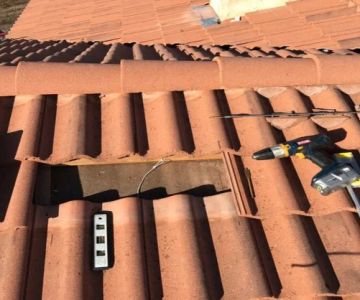
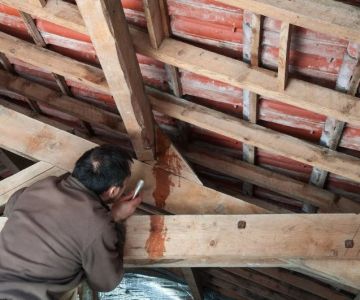

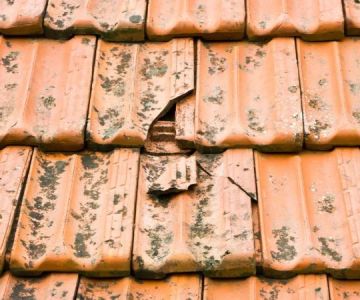

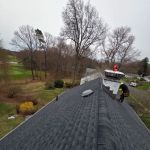 Elite Roofing CT LLC5.0 (56 reviews)
Elite Roofing CT LLC5.0 (56 reviews)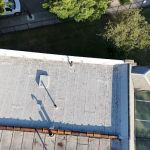 Power Roofing & Waterproofing Bronx0.0 (0 reviews)
Power Roofing & Waterproofing Bronx0.0 (0 reviews) CHU Contracting4.0 (7 reviews)
CHU Contracting4.0 (7 reviews) Art Roofing4.0 (21 reviews)
Art Roofing4.0 (21 reviews) Gene Roofing Company5.0 (2 reviews)
Gene Roofing Company5.0 (2 reviews) JDK Roofing LLC5.0 (1 reviews)
JDK Roofing LLC5.0 (1 reviews) The Cost of Roofing Labor vs. Materials: Breaking Down the Invoice
The Cost of Roofing Labor vs. Materials: Breaking Down the Invoice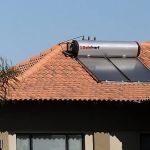 The Lifespan of a Roof Under Extreme Heat Conditions: What You Need to Know
The Lifespan of a Roof Under Extreme Heat Conditions: What You Need to Know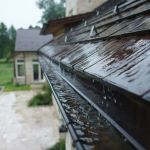 How to Prevent Roof Damage from Overflowing Gutters During Heavy Rain
How to Prevent Roof Damage from Overflowing Gutters During Heavy Rain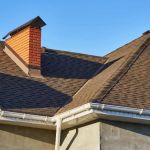 Lifespan of a Roof in High Seismic Activity Areas | BeachCo Roofing Hub
Lifespan of a Roof in High Seismic Activity Areas | BeachCo Roofing Hub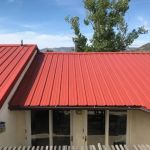 How to Choose a Roof Color for a Commercial Building for Heat Island Reduction
How to Choose a Roof Color for a Commercial Building for Heat Island Reduction What is a Roofing System Health Report? A Proactive Assessment Tool
What is a Roofing System Health Report? A Proactive Assessment Tool